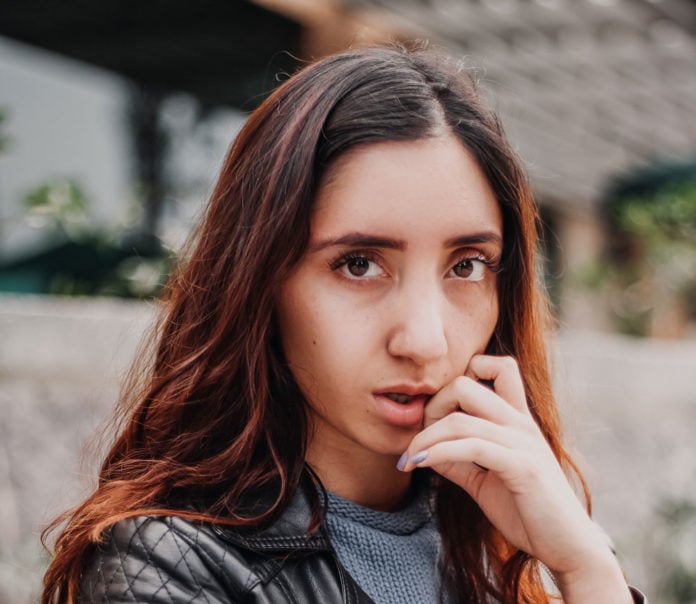While you might expect bumps and grazes on your child from time to time, especially if they love roaming around outdoors or have a penchant for being clumsy, there are other more unanticipated ailments that your little ones might get on their faces. These can, at times, be avoided, so it is best to educate yourself on their causes and symptoms before they occur. This can allow you to be in a good position to be able to deal with these ailments quickly or, even better, reduce the likelihood of them occurring in the first place.
Styes
A stye on the eye area can be itchy and even painful. Alongside poor hygiene, and frequent touching of the eye area, you can use this useful article on eye stye causes to figure out some of the other factors that can lead to these developing. When treating styes, you can often use over the counter ointments and antibiotics. While styes may not be pleasant to look at, thankfully they are not contagious, so you do not need to worry about them being passed on to your other children, or even yourself. There are old wives’ tales regarding the treatment of styes, such as rubbing a gold ring on the area, however there is no scientific proof that this works, and you may only end up bringing more bacteria to the area.
:max_bytes(150000):strip_icc()/stye-579a414a3df78c32762ce127.jpg)
Cold Sores
Also known as fever blisters, cold sores normally crop up around the mouth area, and can be quite sore when touching or moving. These are caused by the HSV-1 virus, a strain of herpes, but usually fade within a week or two. Often, children first come into contact with this virus during their preschool age, due to a lack of knowledge regarding personal space and hygiene. When cold sores are present, it is important that kissing and sharing utensils are avoided, as this can cause the virus to spread. Teaching your child from an early age to maintain their personal boundaries, even when playing with other children, can be a great preventative measure.
Acne

While children over the age of 10 can be expected to have some acne, especially as they reach the first stage of puberty, acne can also appear in younger children. With acne, different types of spots can appear, including whiteheads, blackheads, and even cysts. For some who have facial acne, you may find that spots also occur on other areas of the body. It is important to wash these areas with gentle soaps, and even keep the hair clean to avoid excess oils from being deposited onto the face. You can also gain access to specific topical lotions and treatments from a pharmacist.
Facial conditions like these may cause embarrassment in children, so it is important that you try to rectify them as soon as possible, and reassure your child if they feel insecure. Finding ways to prevent these from occurring can be much better, as it will both minimise the likelihood while continuing to teach your child the importance of good personal hygiene.
Carol
Information sourced by the author for luxuryactivist.com. All content is copyrighted with no reproduction rights available. Images are for illustration purposes only. Featured photo by Shalom de León on Unsplash
